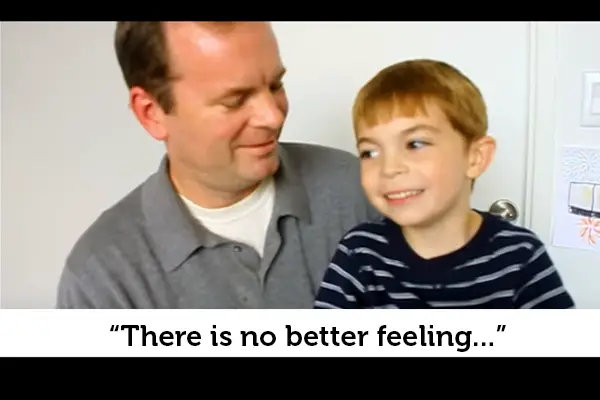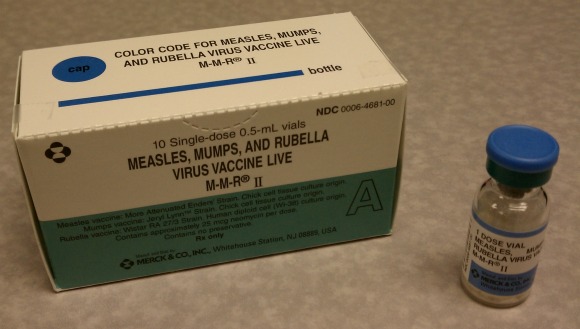
Changing and evolving are difficult things to do. In fact, they are so difficult that doing so or even planning to do so can drum up all types of feelings that aren’t very pleasant at all.
Unfortunately, many people interpret these uncomfortable feelings as signs that they shouldn’t proceed. So, they stop and so does the progress they were making.
If you are in the midst of making important changes in your life, here are 15 uncomfortable feelings that are actually telling you that you are on the right track.1. Feeling Isolated from Others
Undergoing change at a deep and personal level is a lonely task. It’s something you must go through on your own. As a result, it is normal to feel isolated from others, and as if they couldn’t possibly understand what you are going through.2. Having Difficulty Focusing on Tasks
Life change requires a lot of involvement and engagement on the part of your right brain. That doesn’t leave much energy left for your left brain. The left hemisphere is the side of your brain you use to perform practical tasks. The fact that you forget phone numbers and names, misplace things, or feel as if you must do everything twice to get it right is perfectly normal. It is a sign that the changes you are undergoing are deep and meaningful.3. Feeling Restless and Anxious
Whether you are making a job change, a spiritual change, a relationship change, or something else, your emotions are in a continually stimulated sense. In addition to this, there is a good chance that your brain, including your imagination, is constantly in high gear. This can result in stress, which can lead to feelings of restlessness and anxiety.4. Irritability at Those You Are Close To
If you are making or undergoing positive changes, why do you feel so irritated at the people you love? There’s a reason for these uncomfortable feelings. The people that you care about are often the reasons why you don’t change. They may unconsciously discourage you from changing out of fear of losing you, or they may simply follow the same behavior patterns that you are trying to break, e.g., financial irresponsibility. This can result in subtle resentments that can really come to the surface during this time.5. Feeling Gripping Fear at Times
Change is frightening. Big change is terrifying. This is so true that you may find yourself in a near state of panic at times. This just means that the change you are undergoing is very real, very meaningful, and very permanent.6. A New Tendency to Be Confrontational
Chances are, if you are taking action to grow and change, you were really dissatisfied with many aspects of your life. Now, you have decided you deserve better, not just from yourself, but also from others. Because of this, you may find yourself ‘calling people out’ in situations where you would normally let things go.7. Becoming More Dissatisfied
Just like you may find yourself becoming more confrontational with people, you may also experience and act on dissatisfaction in other ways. This too is a result of wanting better things for yourself and being more and more willing to demand them.8. Feeling Lost
If you feel lost in the midst of making a change or growing, it doesn’t mean that you are on the wrong path. What it means is that you are dealing with new experiences, new emotions, new expectations, and ultimately a new reality. That’s a lot to deal with. It should come as no surprise that you find yourself questioning whether or not you know what to do next or even know who you are anymore.9. Feeling a Strong Desire to Be Alone More Often
This one is especially true for introverts who are making life changes and taking action to grow. You are spending so much emotional energy on the changes you are making that human interaction can be a major drain. You may also have an increasing desire to spend more time in solitude meditating, writing in a journal, doing yoga, or engaging in other solitary activities to help yourself get centered.10. Beginning to Question Your Friendships
When you make changes, you are essentially questioning your life. This includes your relationships with your friends. You may find yourself questioning whether or not you are still compatible with your friends, and whether or not your relationships with your friends are healthy ones. It may be that your changed self just needs time to adjust before you can renew old friendships, or it could be that you will see that you have friendships that are no longer sustainable. The latter can be difficult to accept, but it is still a sign that you are on the right track.11. Feeling Intense Sadness
No major change or growth happens without loss. Sometimes the loss is more tangible, such as the loss of a job or the ending of a relationship. Other times the loss is less tangible. For example, you may have decided to drop some negative habits and behaviors, and while you know making the change is for the best, you are still sad at the loss.12. Dreading the Future
It is completely normal to dread the future. After all, you have taken what was a known, good or bad, and turned it into an unknown. You have no idea where your new path will eventually lead. That can make the future feel like a scary place. If you feel dread, that is perfectly normal.13. Desiring for Things to Be Like They Used to Be
Familiarity is one of the safest feelings that they are. Even negative familiarity can temporarily feel better than change. There will be points in your journey where all you want is for things to be the way they were. In addition to this, when life becomes complex and difficult, it is perfectly normal to regress a bit and seek past comforts, people, and simplicity.14. Having Strange and Intense Dreams
Strange and intense dreams, even negative ones, are the cumulative result of new experiences, new emotions, and internal and external conflicts. They are your subconscious mind’s way of working out a lot of heavy stuff while you sleep.15. Desiring to Cut off Romantic Relationships
Emotionally, while you are making a change, you may begin to doubt your ability to give the time and emotional effort needed to keep romantic relationships going. You may feel as if your partner deserves more, or you may also feel as if it is you that deserves more. The important thing is to not make these kinds of decisions prematurely.As you can see, some seemingly uncomfortable feelings can actually be a sign that you are on the right track towards your life purpose. Next time when you feel lost or sad or have a strong desire to be alone, maybe it’s time to listen to your inner self to better understand what you really want.

















Some of the areas you were focusing on reminded me a lot about the new aged teachings of “The Law of Attraction”.
Basically where you put your focus and attention is what you are attracting into your life. These studies also focus a great deal on expressing gratitude for what you have been blessed with in your life. What I like about your article is how it relates these things to the brain and explains how the brain is being affected.
Very nice!
I found that u can build a form of comfortably in these places and just like in the normal subjective reality, u can find your self all over again. These same regions of the brain are being activated. the regions for love, happiness and understanding.
The brain is like a muscles. If u are to work out your body and use performance enhancers such as protein, creatine, niacin or what ever it is u take. u are supposed to cycle these things properly or your body wares down quicker and its not as good for u.
The same is the way w/ these mind altering tools. I have been doing this for many years. A long time ago these practices were excepted and done in villages by native shamans. What do u think happened to those people? do u think they just went away? Ill tell u what. energy never leaves. it can not be truly created and it can not be truly destroyed. it can only change form. Well, were back…
I my self have had tremendous experiences in feeling and witnessing large amounts of the neural happy juices being excreted in my brain cavity by doing such things as meditating while on and raising and contracting the material levels of awareness to the unfathomable size of the universe down to the small strings of reality that bind us together, where worm holes are found.
I like closing my eyes and watching plants grow in full motion right before in minds eye and them putting them inside my chest and feel them grow of putting them towards another living things or action of will i'd like to see done, all from learning to be comfortable in the dissociative state the ketamine offers, w discipline and understanding.
As we become more conscious we see that the war on drugs is really just a war on humanity. addiction isnt a crime, its a sickness like any hoarding or ocd disorder and needs to be handles in a surprisingly similar way. All Im saying is its time to start recognizing the shamanistic methods again, because some peoples attentions are to far distractable for things like meditation. sometimes u need to trip or go into a k hole and let the meditation come to u . . . <3 br="">
I just watched the video of How to Trick Your Brain for Happiness. My 37 year old son was shot in the brain 16 years ago, so I read everything about the brain I come across.. He was shot in the top of his head as he was falling forward. (after being shot 3 times, 4 total) He was shot in the right side of the brain from the top. He cannot move his left hand and he has to wear a brace for his left foot to keep the toes up so he can walk without tripping.
His personality is pretty amazing, his speech was not affected and his memory is good. He is always in good spirits even when I know he is having a hard time. ( stress ) He is a great son & never in 16 years has he complained about his disability. I know the human brain is changing and I see it in my 3 year old granddaughter.
Can my son change his brains neural structure to change his abilities for the better?
He is very happy to be alive I am sure, which could explain why he is always in a good mood & happy. Gratitude.